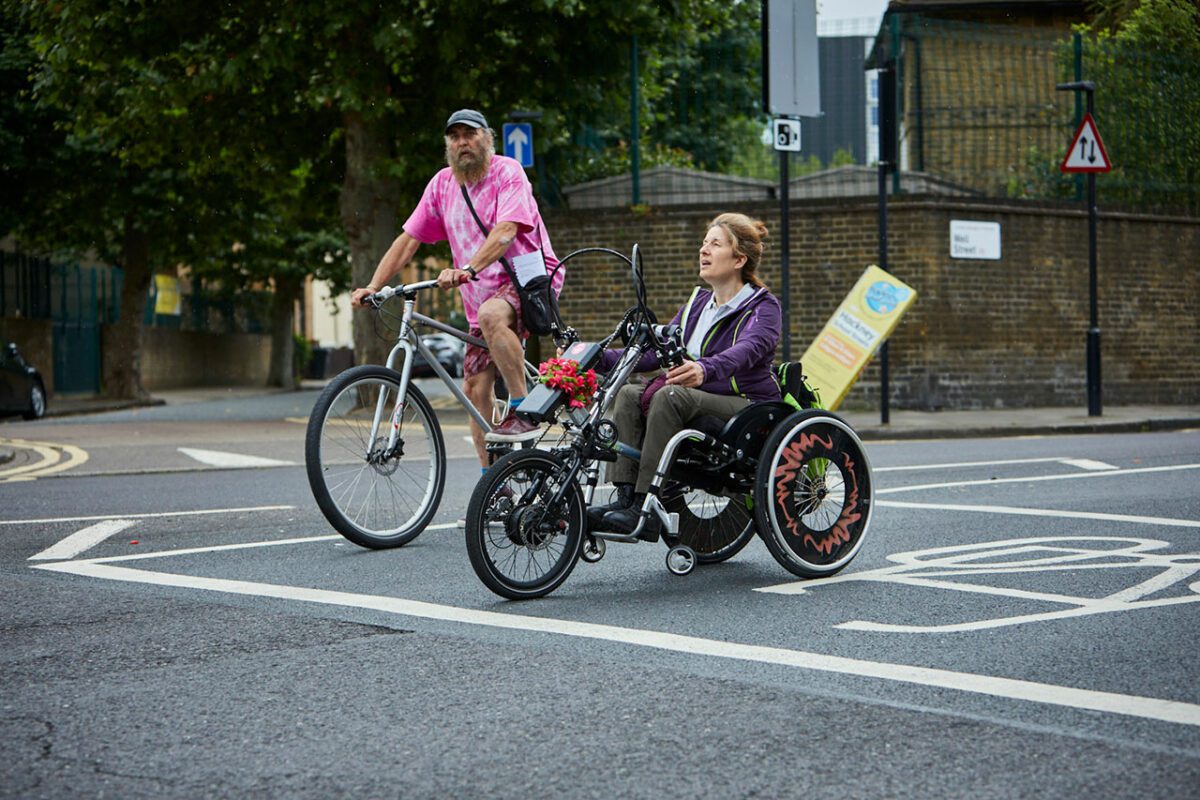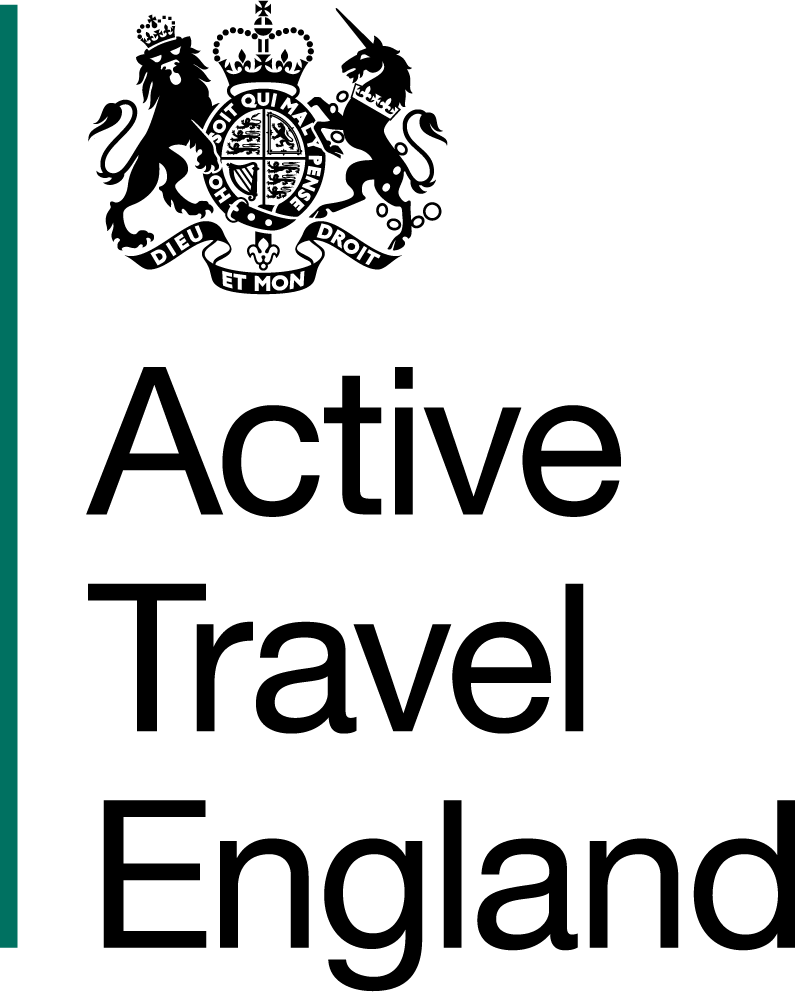5.7.1 Strategies for inclusivity
The STEP model is a useful framework to plan a cycle training session. It uses four categories to help you adapt your activities in line with different needs. You can make changes for the entire group or for an individual with specific needs.
Space
Where will the training or individual activities take place? Can the space be adapted to make way for adapted cycles? Are there any obstacles to remove?
Task
What will everyone do? Will everyone take part? Can the task be broken down or adapted? Can the activities be sped up, slowed down or varied within the group?
Equipment
What will you use? Are adapted cycles needed?
People
What is the range of abilities? Can your group work alone, in pairs or in groups? Are there other adults supporting? What do the riders want to achieve?
Practical considerations could include:
- occasional one-to-one sessions or smaller groups
- adjusting the length of the sessions
- access to additional staff for support during a session
- making sure you have access to the right type of cycle for each rider
- training environments free from too much noise or distraction
- focussing on a variety of objectives such as physical and mental wellbeing, social skills, independence and empowerment
- managing rider, parent and carer expectations regarding achievement
- having extra breaks
- providing learning material in a range of materials and formats
- accessible training environments, for example lowered kerbs where necessary and enough turning space
Preparing to deliver a session:
- You could give your training provider an ‘Instructor Profile’ to send to the school before the session starts. This will help riders to prepare for a new person in the school.
- Make sure that consent forms ask about any additional needs to help you plan the session.
- Create objectives together with the rider – find out what they want to achieve.
- Always speak to staff for tips and methods for supporting the rider before the session.
- Speak to staff, parents and carers about the health benefits of cycling (mobility).
- Try to plan all sessions with the same structure and flow, considering the riders’ needs.
- Prepare a starting activity and finishing activity and let the rider know what these will be.
- Complete the module called ‘Supporting riders with special educational needs and disabilities (SEND) e-learning’. This is available for all Bikeability instructors.
- Make the most of sessions where your training delivery is being observed. These can help
- you to develop your own practice and give you the opportunity to learn from more
- experienced instructors.
Delivering a session:
- Provide a clear description of what you plan to do at the beginning of a session.
- Involve riders when setting rules, for example, deciding how you will get the attention
- of the group.
- Be aware of anything that may bother or upset the riders before you start the session.
- Use lots of praise when things are going well. Reward specific positives rather than rewarding more generally.
- Be patient and allow time for the rider to process what you are saying.
- Be flexible with your approach and teaching style.
- Keep speaking to and observing the riders throughout your session to understand how they are finding the training.
- Understand that there may be some challenging behaviour.
Sometimes not everything will work out as planned. Remember that this is OK. Use these situations as a learning opportunity by reflecting on them and asking yourself what you could do differently next time.
The information given here does not cover everything; you’ll find more detailed guidance on how to deliver sessions in the Activity Templates. You may also find other resources helpful, such as the Wheels for Wellbeing inclusivity guide.


